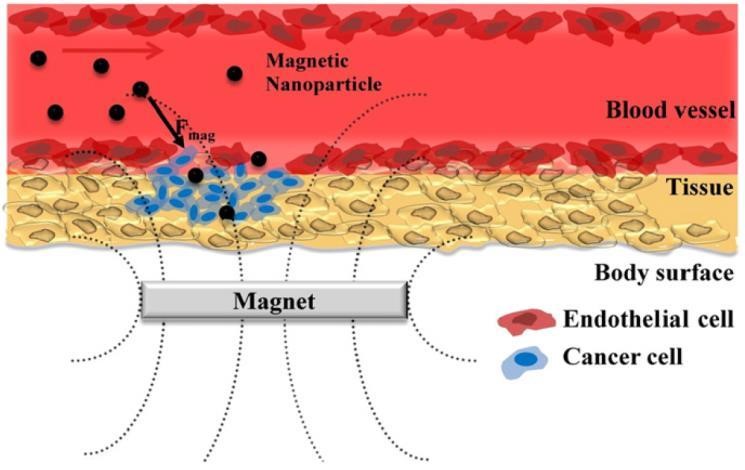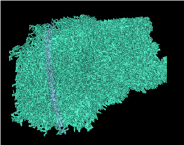Probleemstelling:
Magnetic nanoparticles (MNPs) exhibit interesting properties that make them suitable for a variety of biomedical applications. For instance, their small size in the nanometer region allows them to interact directly with biological entities such as cells and genes, and to reach virtually every region in the human body. Additionally, the nanoparticles are magnetic which means that they can be controlled remotely using magnetic field gradients and be measured non-invasively using sensitive sensors. A collection of applications that benefit from the magnetic targeting possibilities of the MNPs has emerged. For example, the MNPs can act as magnetic carriers for therapeutics such as drugs and be magnetically guided to the desired location where the therapeutics are then released. This is referred to as magnetic drug targeting. Magnetic drug targeting is considered highly specific and efficient compared to traditional pharmaceuticals, which target the whole body and hence result in systemic side effects (neveneffecten).
Current magnetic targeting models rather focus on the magnetic field and the resulting magnetic forces on the MNPs. In most targeting models, blood flow or other anatomic properties are neglected or simplified by a constant drag force. In order to achieve a more accurate, patient-specific, targeting of the MNPs, a computational model that also includes the impact of anatomy properties (e.g. shape and size of blood vessels) on the targeting should be developed. In this master thesis the computational model will be based on an existing macro- and microscopic model of the liver to investigate the magnetic drug targeting performance for the specific case of liver cancer.

Example of a magnetic targeting experiment for the treatment of cancer cells

3D reconstruction of the microcirculation in a liver lobule